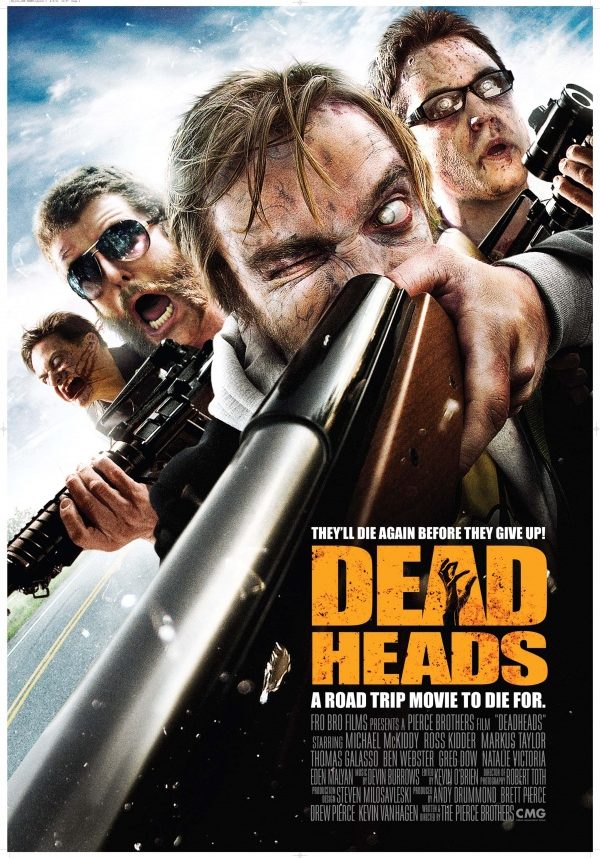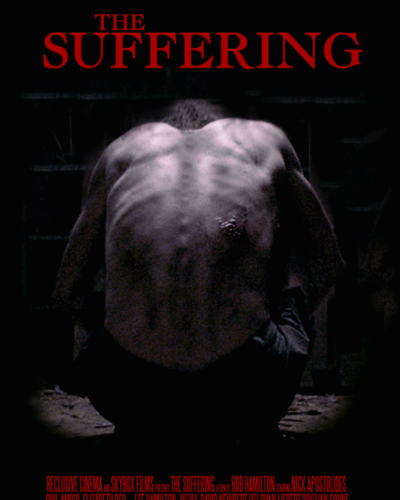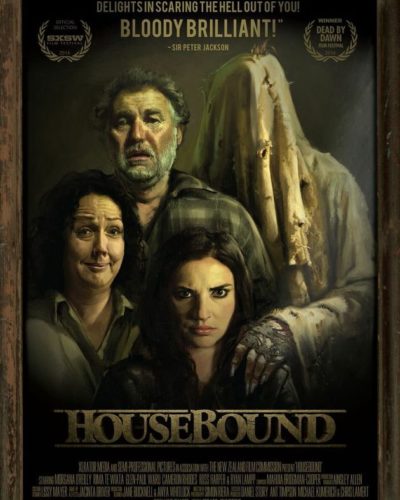Reanimating Comedy: The Unconventional Terror of “Dead Heads”
“The afterlife is a lot like high school,” quips one of the undead protagonists of Dead Heads, a 2011 horror comedy directed by the Pierce Brothers. Mingling reanimated corpses with road trip antics, Dead Heads veers off the beaten path, taking an unconventional route through the zombie apocalypse. Amidst the backdrop of an America infested with undead, two sentient zombies, Mike (Michael McKiddy) and Brent (Ross Kidder), embark on a whimsical quest to find Mike’s lost love, unearthing a tale of hilarity and heart along the way.
Haunting Humor: Crafting Atmosphere in a Zombie Comedy
The atmosphere of Dead Heads is an intricate blend of humor and horror, with a leaning towards the former. Though its premise suggests a gruesome jaunt, the film fosters suspense through the zombies’ sentient predicament and the hunters on their trail. The foreboding is light, sliced through with comedic sequences that underplay the potential terror of the living dead. The Pierce Brothers approach the horror with a winking eye, ensuring that tension never overwhelms the film’s buddy-comedy core.
Cinematic Cadavers: Style and Substance in “Dead Heads”
The cinematography of Dead Heads strikes a curious balance between indie charm and the grim aesthetics expected of zombie flicks. Utilizing mostly organic lighting, the filmmakers craft scenes that are visually cohesive but notably less polished than big-budget horror, lending an authentic, almost guerrilla-style feel to the proceedings. Camera angles and the occasional shaky cam technique contribute to the chaos, while the special effects for the undead are satisfactorily grotesque without being excessively gory. The visual style is playful, aligning with the less serious tone of the narrative.
Soundtrack and sound design are essential tools in the horror arsenal, and Dead Heads uses them to augment its comedic timing more so than to induce fear. Musical cues often play against expectations, with jaunty tunes accompanying the living dead, and sound effects sometimes trail into the absurd. When silence does fall, it often preludes a punchline rather than a scare, inverting a classic horror strategy for a comedic effect.
The Living Performing the Dead: Characterization and Acting
While the performances in Dead Heads might not evoke terror, they certainly elicit laughter and empathy. The characters of Mike and Brent offer a refreshing take on the zombie trope, with their odd-couple chemistry adding to the film’s charm. McKiddy and Kidder imbue their undead personas with distinct personalities and relatable emotions, ensuring that the audience roots for them despite their ghoulish exteriors. These are zombies you’d invite to dinner—not for fear of being the main course, but for the intriguing conversation.
Spectral Subgenres: Identifying “Dead Heads”‘ Place in Horror
Dead Heads melds elements of comedy, road movie tropes, and zombie horror, ultimately landing it within the horror-comedy hybrid category. The movie utilizes its undead cast more for laughs than screams, sidestepping the psychological dread and body horror commonly associated with zombie films. It challenges the subgenre by retaining a light-hearted tone throughout, inviting viewers to reconsider what a zombie narrative can be.
Instead of employing traditional methods of fright, the film opts for situational humor that arises from the inherent absurdity of its premise. Gore is present but understated, and the jump scares are more likely to end in a gag than a gasp. The film is not about frightening the audience so much as it is about entertaining them with a quirky take on a typically grim scenario.
Deeper Than The Grave: Exploration of Themes
While Dead Heads may not delve deeply into the existential ponderings of living after death, it does touch upon themes of love, life purpose, and identity in light-hearted ways. The quest at its heart is not just for lost love but for meaning within an existence that defies the norm. As a horror movie, its effectiveness is measured differently—less in shivers and more in chuckles and nods of acknowledgment.
The Verdict: A Zom-Com Quest for Love and Laughs
Dead Heads will likely not satiate those thirsting for sheer terror, nor will it carve its name into the pantheon of nightmare-inducing classics. However, for fans of comedy-laced horror and those looking for a new angle on zombie flicks, it’s a heartfelt trek through a genre too often mired in bleakness. The film cleverly subverts expectations, creating a niche appeal for those who enjoy off-kilter narratives.
Comparatively, it finds kinship with films like Zombieland and Shaun of the Dead, although it wanders down a path less traveled with its buddy-comedy aesthetic and indie sensibilities. It’s a movie for the horror enthusiast yearning for genre-blending adventures and those who prefer their frights with a side of levity.
Final Appraisal: “Dead Heads” Resurrecting Laughter From the Grave
In summary, Dead Heads is an eccentric journey, rich in character and sly wit, that plays with the conventions of its chosen genres. Its strengths lie in its ability to subvert horror tropes and, in doing so, reveal the oft-overlooked versatility of zombie narratives. Though the brew is not potent in terror, it compensates with charm, heart, and originality.
Viewer discretion is advised for light gore and undead-related violence, but fans of hybrid-genre cinema should consider giving this undead oddity a watch. It may not be the scariest film in your collection, but it promises a lively pulse beneath its zombified surface.




